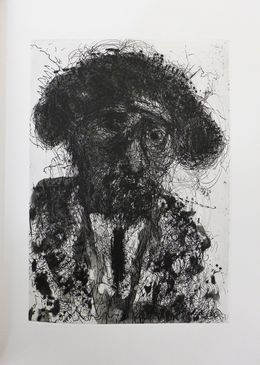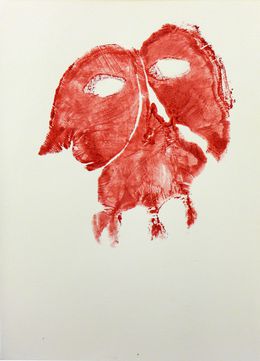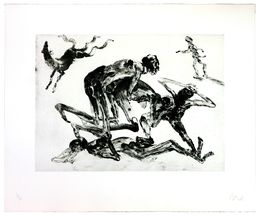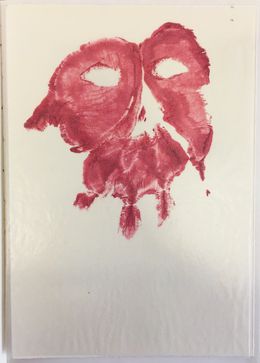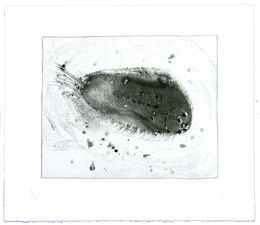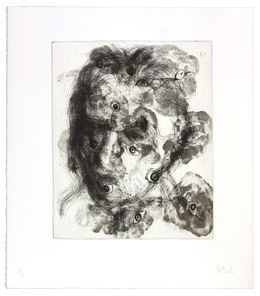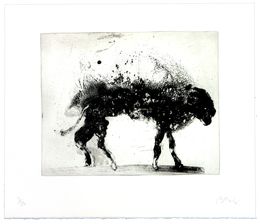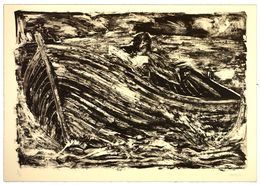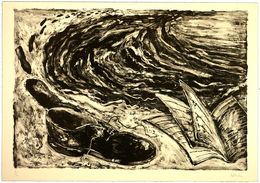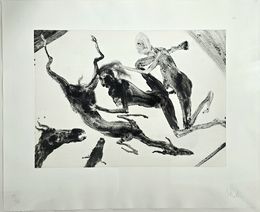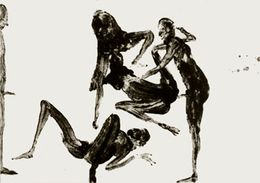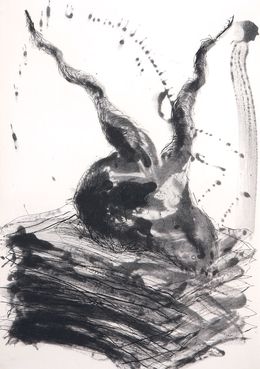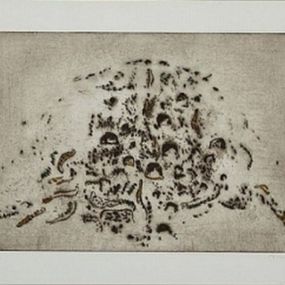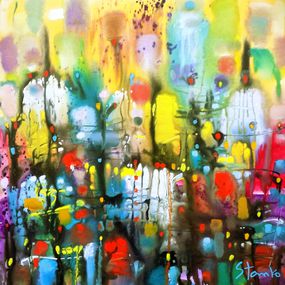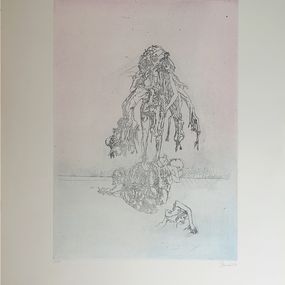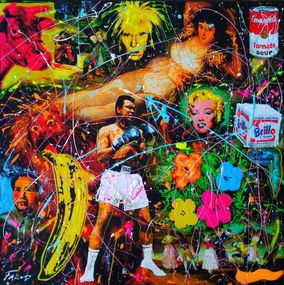
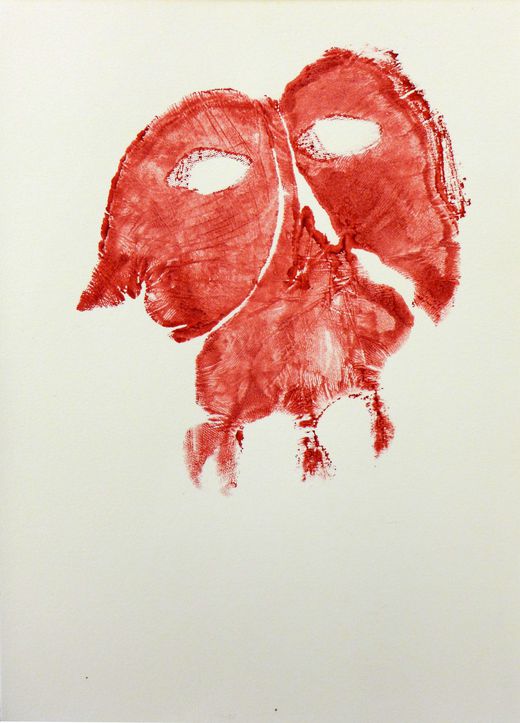
The artist's work is constant search, permanent doubt.
Biography
Miquel Barceló, born in 1957 in Felanitx, on the island of Mallorca, is one of the most internationally renowned contemporary Spanish artists. Trained at the Palma School of Decorative Arts and then briefly at the Barcelona School of Fine Arts, he began his career with the conceptual collective Taller Llunàtic. Influenced by art brut , neo-expressionism and major figures such as Antoni Tàpies , Jean Dubuffet and Jackson Pollock , he made his mark in the 1980s with a gestural and textured style, after a notable participation in Documenta 7 in Kassel in 1982.
Barceló's work is marked by constant experimentation with materials and formats. He works in painting, ceramics , drawing and sculpture with organic elements such as earth, sand or volcanic ash, often applied thickly to his canvases. His iconography evokes seascapes , caves or biblical scenes. His numerous stays in Africa, particularly in Mali, enriched his artistic universe, giving rise to emblematic series such as the African Notebooks. Among his major achievements are the decoration of the Sant Pere Chapel in Palma Cathedral in 2007 and the monumental dome of Room XX of the Palais des Nations in Geneva in 2008, a sculptural fresco of more than 1500 m².
Miquel Barceló has exhibited at major cultural institutions, including the Centre Pompidou, the Louvre, and the Museo Picasso Málaga. He has received numerous prestigious awards, including the Spanish National Prize for Plastic Arts and the Prince of Asturias Award. In 2024, he presented an exhibition dedicated to his relationship with the ocean at the Nouveau Musée National de Monaco and was commissioned to design three monumental tapestries for Notre-Dame Cathedral in Paris in 2025. A multifaceted artist, his work, deeply rooted in nature and experimentation, remains one of the pillars of European contemporary art.
Nationality
Categories
Themes





